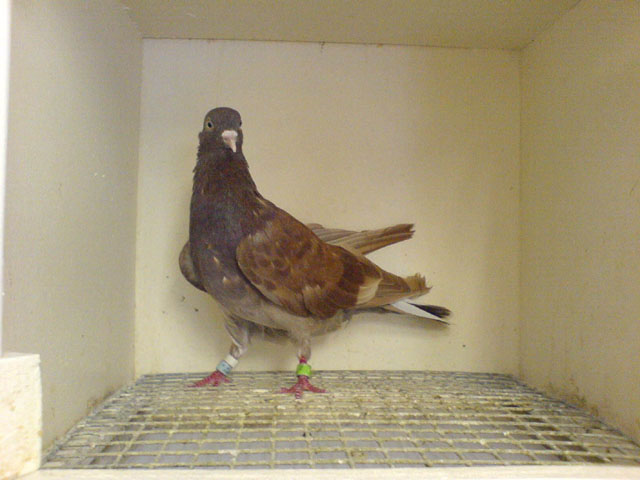The Smugglers
The Partnership for a Drug-Free America, in a 2003 report, released perhaps the least surprising news of the young century — drug smuggling was rampant in U.S. prisons. Sometimes, drugs enter prisons through expected avenues; there are plenty of stories of drug smuggling prison guards, for example. (An article from Slate listing the “best tips and tricks for smuggling drugs into a jail” specifically suggests that the interested party “identify willing guards.”) But there are more creative ways as well. Drugs, per the Partnership, made their way to inmates through “soda cans, babies’ diapers, and kisses,” (yes, kisses) which seems like a pretty selected group of edge cases, but it shows that prisoners seeking illegal drugs will find creative ways to obtain them.
Like, training pigeons to do the job.

While some smugglers stick to heroin-stuffed burritos or narcotics-soaked coloring books, a group of Bosnian prisoners decided to try a longer-term solution to getting their fix. In August of 2008, four inmates caught the attention of prison guards when they appeared intoxicated. Shortly prior, a pigeon had landed near a prison window, and someone connected the dots. As the Telegraph reported, the pigeon, a pet of one of the inmates, had brought its owner and his friends some heroin. Officials believed that the pigeon flew about 40 miles (70 km) with tiny bags filled with drugs attached to its legs. The four inmates were brought up on additional charges, as the AFP reported. And the pigeon himself was placed into custody as well (but as seized property, and not as an inmate).
While the use of a carrier pigeon to bring in contraband may be interesting, it’s apparently not unique. A month prior to the Bosnian pigeon capture, inmates in Brazil were caught smuggling drugs into their prisons via “pigeons wearing tiny backpacks.” (Unfortunately, the linked-to article does not have any pictures of pigeons wearing tiny backpacks.) In 2009, again in Brazil, pigeons were the transit-of-choice for inmates who wanted cell phones. And in January of 2011, Colombian officials discovered a pigeon who was tasked with smuggling some cocaine and marijuana into a jail, but failed to make it because his payload was too heavy.
In that final case, a police commander told the BBC that “this is a new case of criminal ingenuity.” He was, apparently, wrong.
Bonus Fact: In 2011, a woman went to a prison in Quintana Roo to visit her incarcerated common-law husband. She wasn’t smuggling anything in, but she tried very hard to smuggle something out. Prison staff noticed that her black, wheeled suitcase “looked bulky,” according to the Courier-Mail, and that the woman seemed a bit more nervous than she should have been. When they inspected her bag, they found her husband inside. (Unlike the article about the pigeons with backpacks, that article does have a picture, and if you know what a facepalm is, well, it’s a great one.) She was promptly arrested.
From the Archives: Project Pigeon: How to use pigeons for war, not drug smuggling.
Related: “Don’t Let the Pigeon Drive the Bus,” a classic children’s book. (Rumors of a sequel about not letting pigeons smuggle drugs being in the work are entirely fabricated.)
